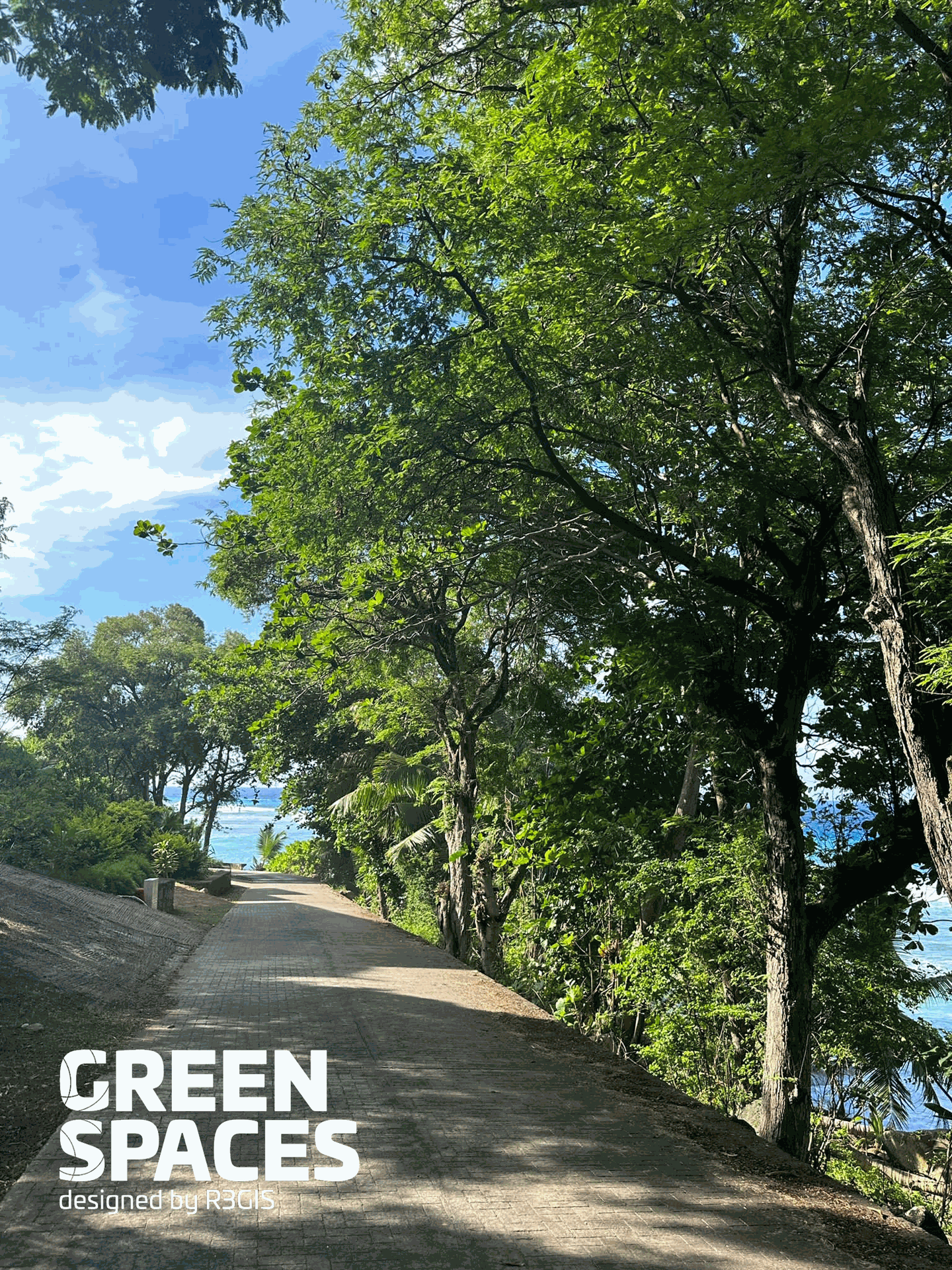On these hot days, the power of urban greenery to cool the city is more evident than ever. We all look for a bit of shade to survive the heat, but not everyone knows that walking under a tree-lined street feels cooler not only because of the shade but also thanks to transpiration. It’s invisible, but it’s happening!
Urban vegetation cools cities in two ways: passively through shading and actively through transpiration. Shading reduces incoming short-wave solar radiation to surfaces and buildings, which in turn lowers the amount of long-wave heat they emit back into the environment. Transpiration, on the other hand, cools the air directly: plants release water vapor from their leaves, and the heat required to turn this water from liquid to gas (called latent heat) is taken from the surrounding air. This prevents that energy from increasing air temperature (known as sensible heat).
In the LIFE Urbangreen and VerdeVale projects, researchers measured plant transpiration using an infrared gas analyzer (IRGA), which detects changes in humidity as air flows across a leaf. Based on these measurements, they calculated the amount of latent heat dissipated, revealing the cooling power of trees.
The GreenSpaces platform brings this science to life. By combining plant physiology, local weather data, and IRGA-based measurements, it estimates how much latent heat is dissipated by urban vegetation, making invisible benefits visible!


